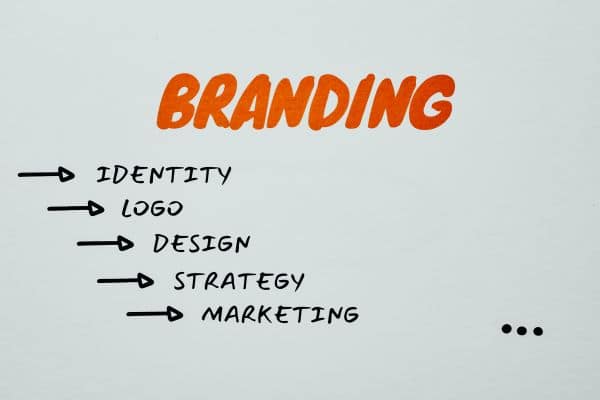
In a world driven by technology and powered by online interactions, having a strategic website has become crucial for attaining success and standing out from the crowd. As businesses and people strive to carve out an online presence, the value of a website that goes beyond essential aesthetics cannot be stressed enough.
A strategic website is a strong ally, representing your brand identity while attracting and engaging visitors. In this article, we will examine the essential factors contributing to a strategic website and how it can offer you the competitive advantage you want in today’s fast-paced digital race.

Clear Brand Identity and Messaging
A strategic website starts with a clear brand identity and messaging. Your website should reflect your brand’s values, mission, and unique selling proposition. Consistent branding elements such as logos, colors, fonts, and imagery create a cohesive and memorable user experience.
Craft compelling messaging that communicates your products or services’ value to customers. Clearly articulate your brand’s story and what sets you apart from competitors. Strong brand identity and messaging help build trust, differentiate your business, and make a lasting impression on visitors.
User-Focused Design and Navigation
An intuitive and user-focused website design is essential to provide visitors with a seamless browsing experience. Keep your design clean, uncluttered, and visually appealing. Use whitespace strategically to highlight essential elements and guide users’ attention.
Also, pay attention to the user interface (UI) and ensure easy navigation with clear menus, search functionality, and breadcrumbs. Optimize your website for mobile devices as mobile browsing continues to dominate. This ensures your website looks and functions well on screens of all sizes.
Engaging and Relevant Content
Compelling content is a vital component of a strategic website. Craft engaging and relevant content that speaks directly to your target audience.
Utilize storytelling techniques to captivate visitors and establish an emotional connection. Incorporate search engine optimization (SEO) practices to increase your website’s visibility in search results. Regularly update your website with fresh, valuable content such as blog posts, articles, videos, or case studies.
This keeps visitors returning and helps position your website as an authoritative resource in your industry.
Conversion-Focused Elements
A strategic website is designed to convert visitors into customers or leads. Incorporate conversion-focused elements throughout your website, such as clear call-to-action (CTA) buttons, contact forms, and lead capture mechanisms. Optimize landing pages for specific campaigns or offers to maximize conversions.
Additionally, implement social proof elements such as testimonials, case studies, and client logos to build trust and credibility. Analyze user behavior through tools like heatmaps and user recordings to identify areas of improvement and optimize your conversion funnel.
By incorporating conversion-focused elements, optimizing landing pages, leveraging social proof, and continuously analyzing user behavior, you can enhance your website’s ability to convert visitors into valuable customers or leads.

Strategic Website as Your Ally
In the digital race, a strategic website is your secret weapon for outshining competitors and winning the hearts of your target audience. You can gain a competitive edge by creating a website that reflects your brand identity, offers a user-focused design, delivers engaging and relevant content, and incorporates conversion-focused elements.
However, remember that the key is constantly monitoring, analyzing, and changing your website to suit user expectations and business objectives. With a strategic website as your ally, you can propel your digital presence to new heights and achieve lasting success.


